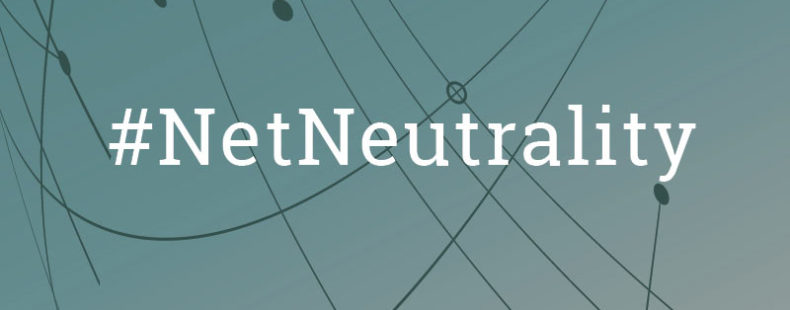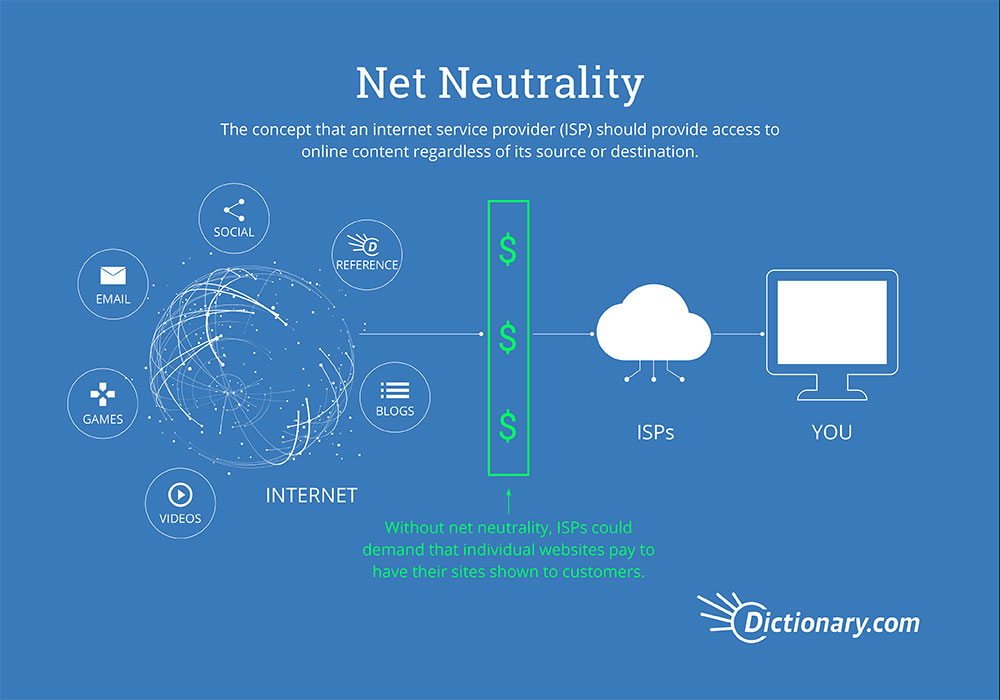What is net neutrality?
You may have heard the term net neutrality in the news. Net neutrality is the idea that the relationship between you and content on the internet shouldn’t be altered by internet service providers—that ISPs should provide nondiscriminatory access to internet content, without manipulating the transfer of data, and treat all web traffic equally.
The government has protected this idea until recently, when the FCC voted against upholding the regulations in December, 2017. According to The Washington Post “In December, the Federal Communications Commission voted to repeal its net neutrality rules for Internet providers — a move aimed at deregulate the industry and allow companies such as AT&T and Verizon to legally slow down websites, block apps and even charge content companies extra fees for priority access to consumers’ screens.” So, companies that pay more would get to you, the viewer, faster.
See our infographic below for a visual explanation.
What’s happening with net neutrality now?
Democrats are against the repeal, and until now they didn’t have enough votes in the Senate to overturn it. And so, on May 9th, 2018, Democrats will force a floor vote to restore net neutrality. Unfortunately, even if it passes the Senate vote, it still has to go through the House and Trump.
Check out these other net-neutrality resources to learn more:















